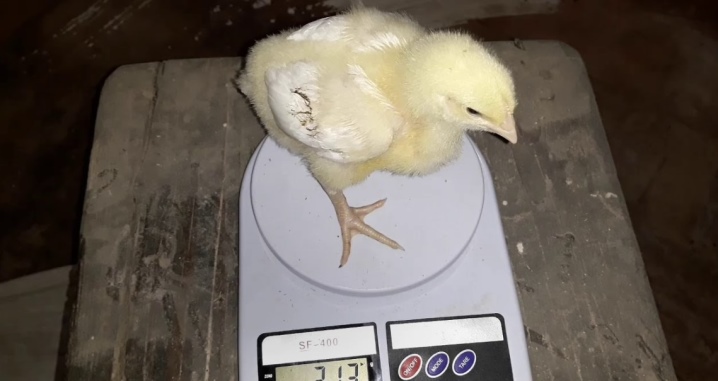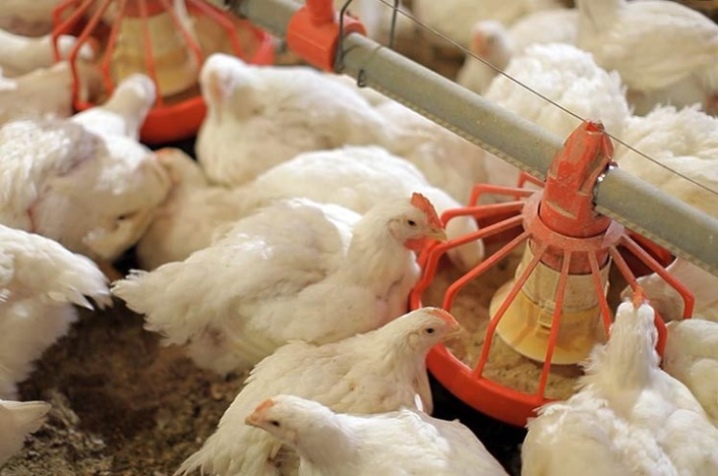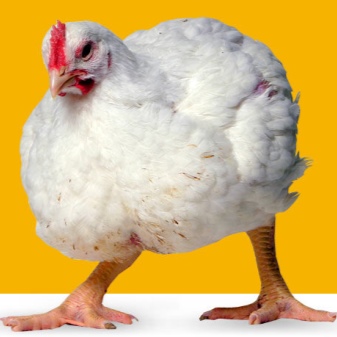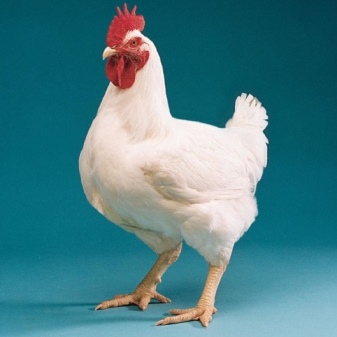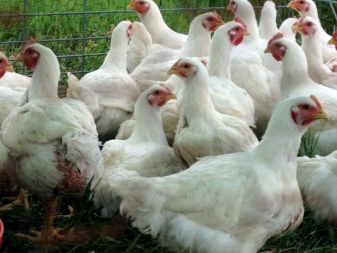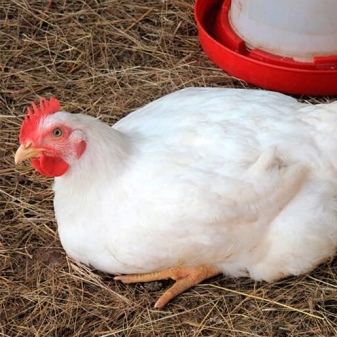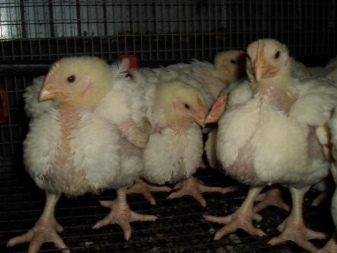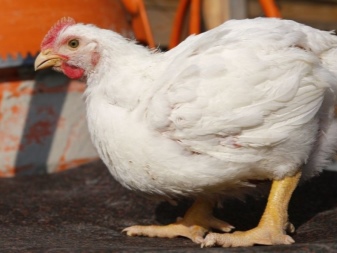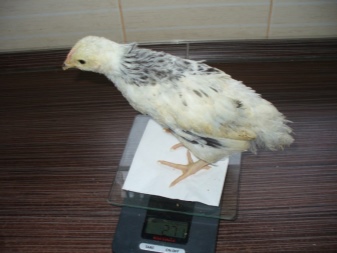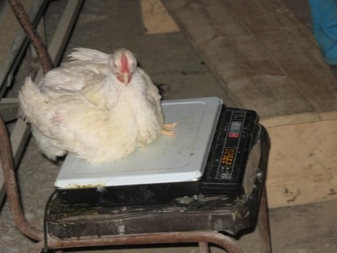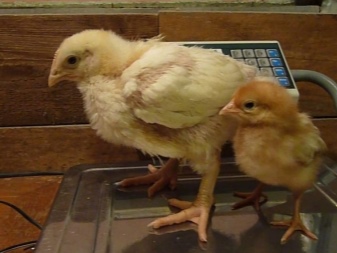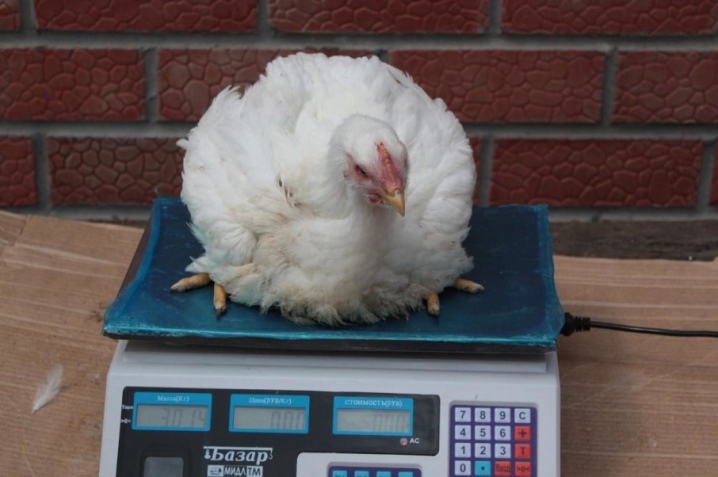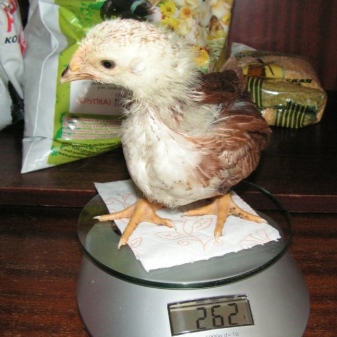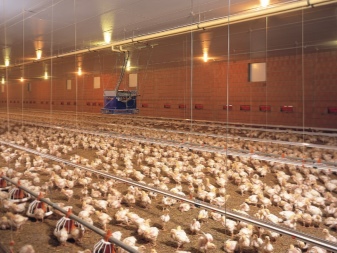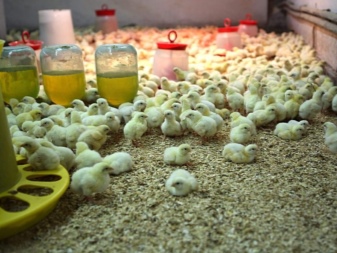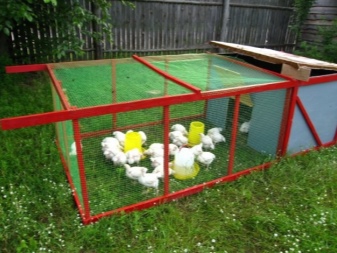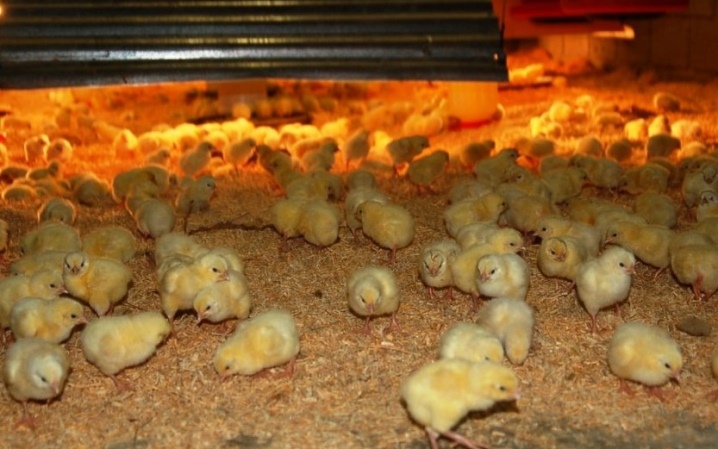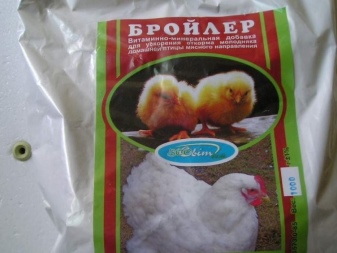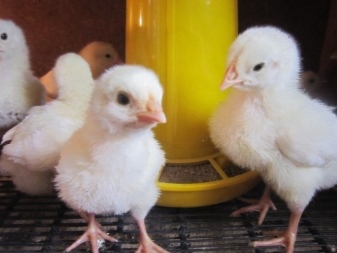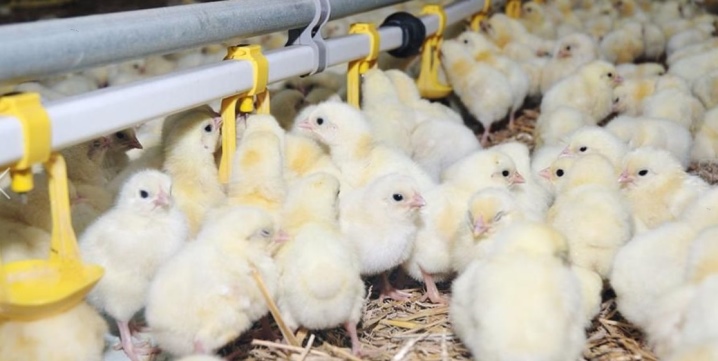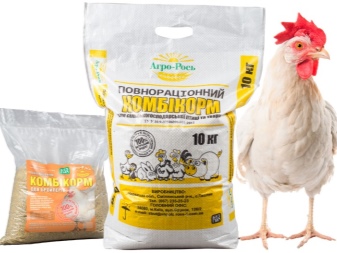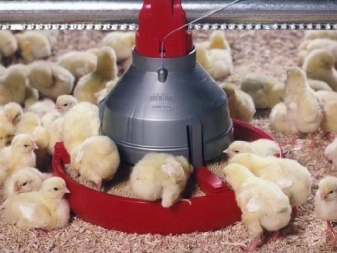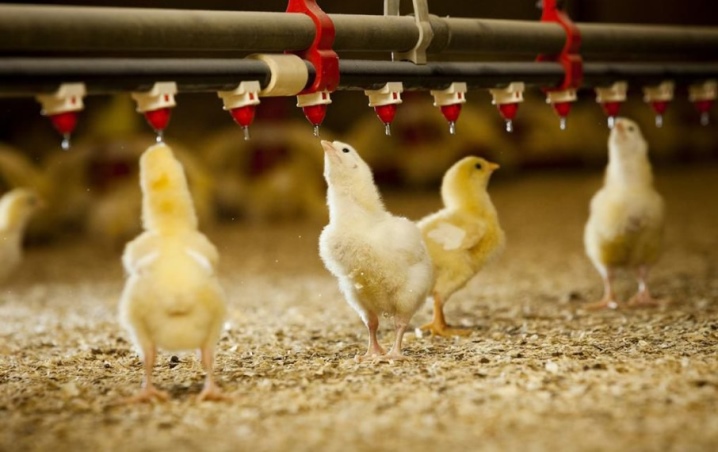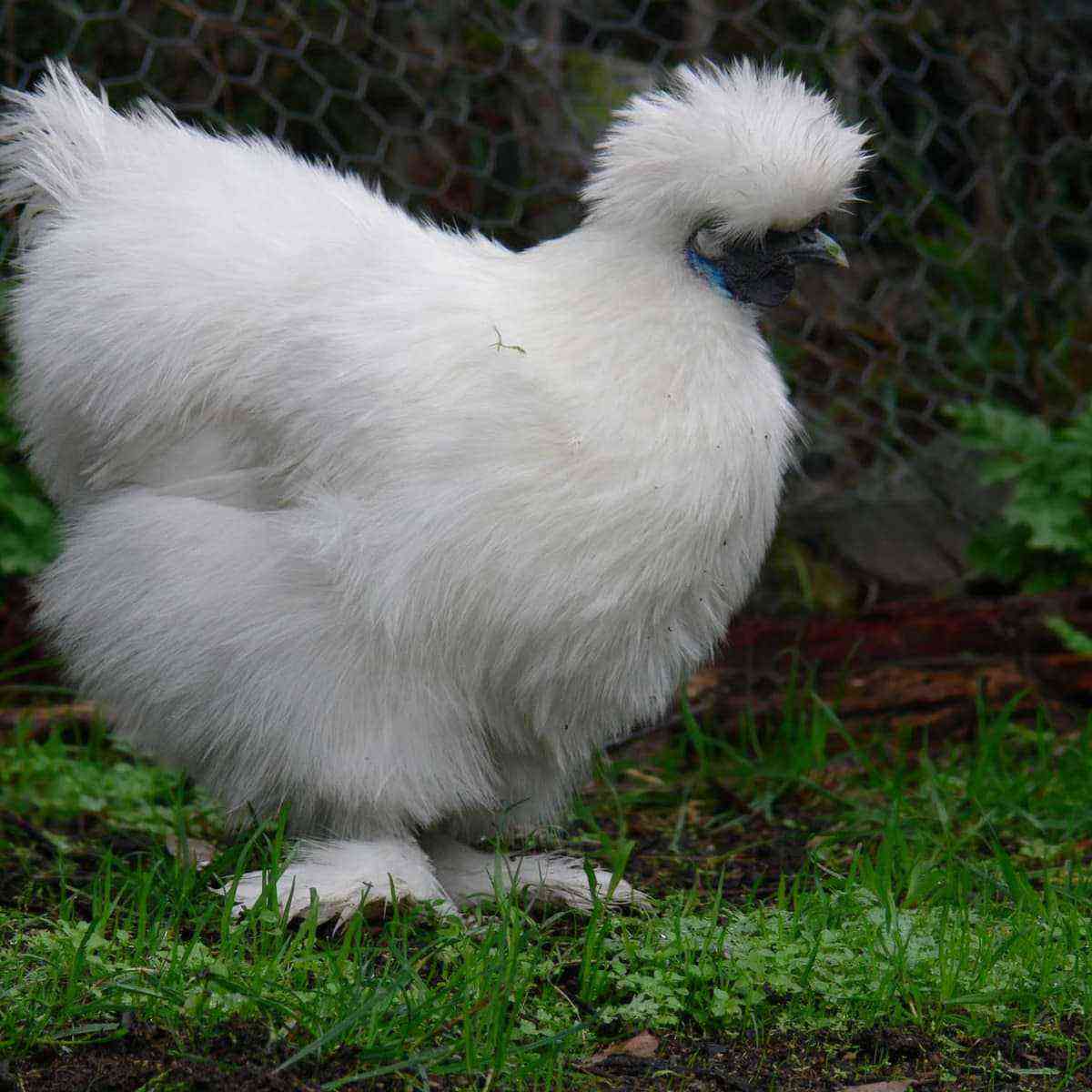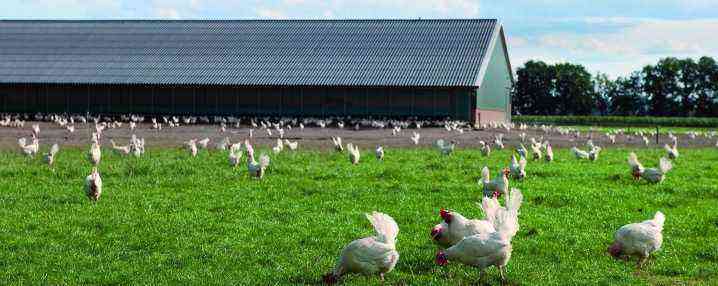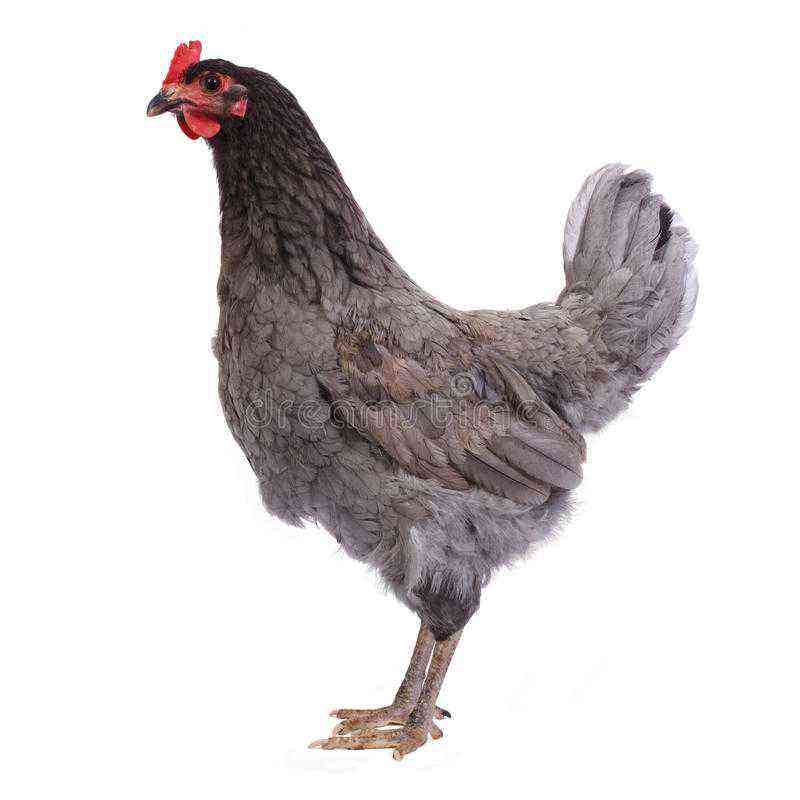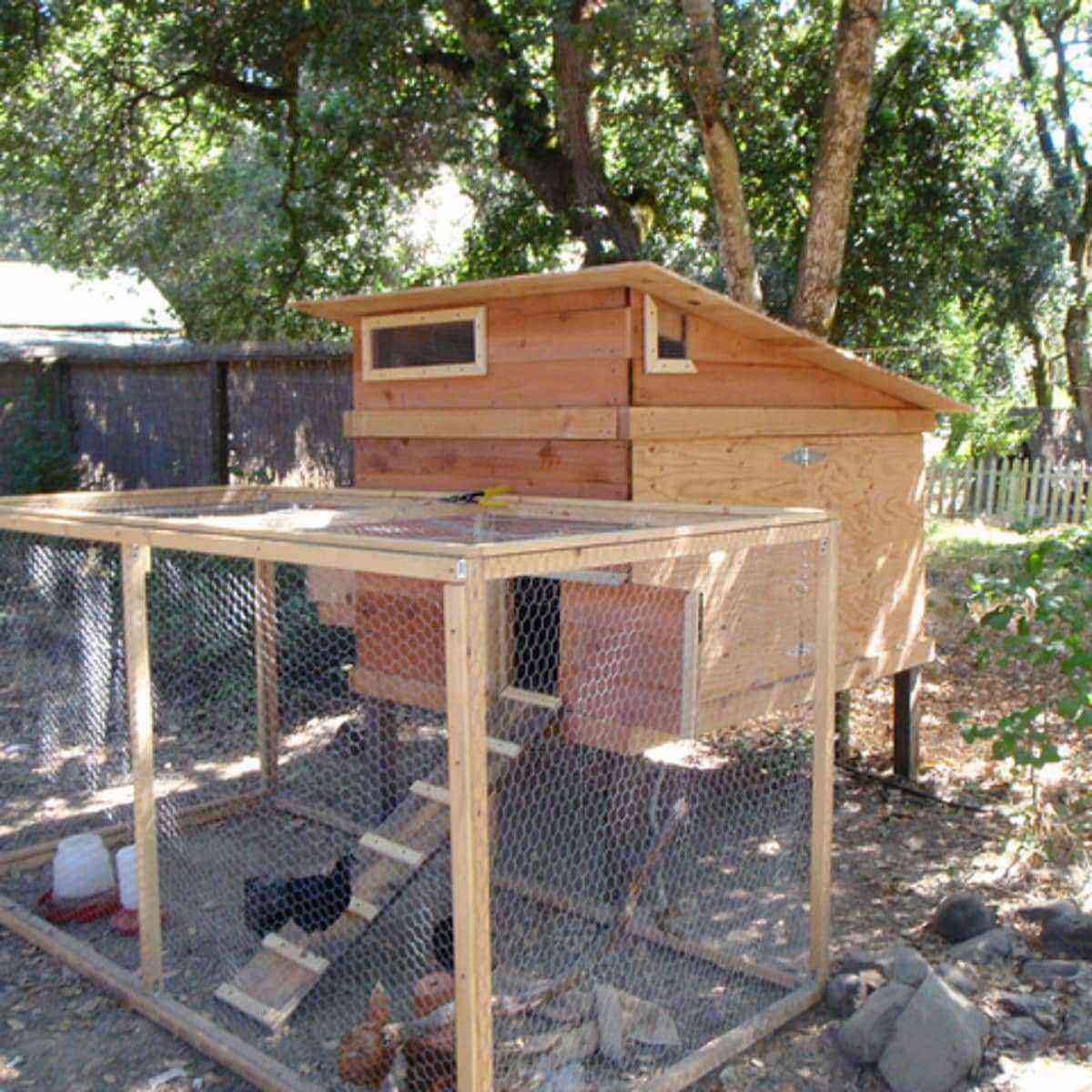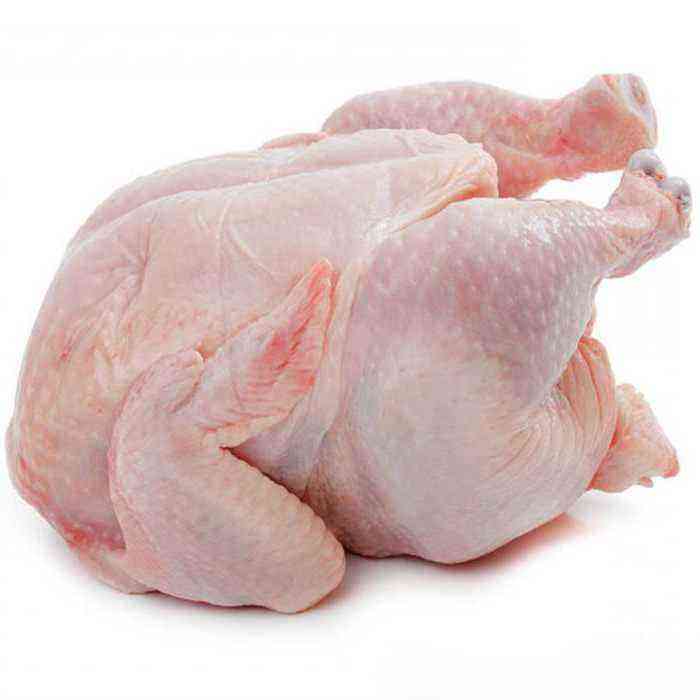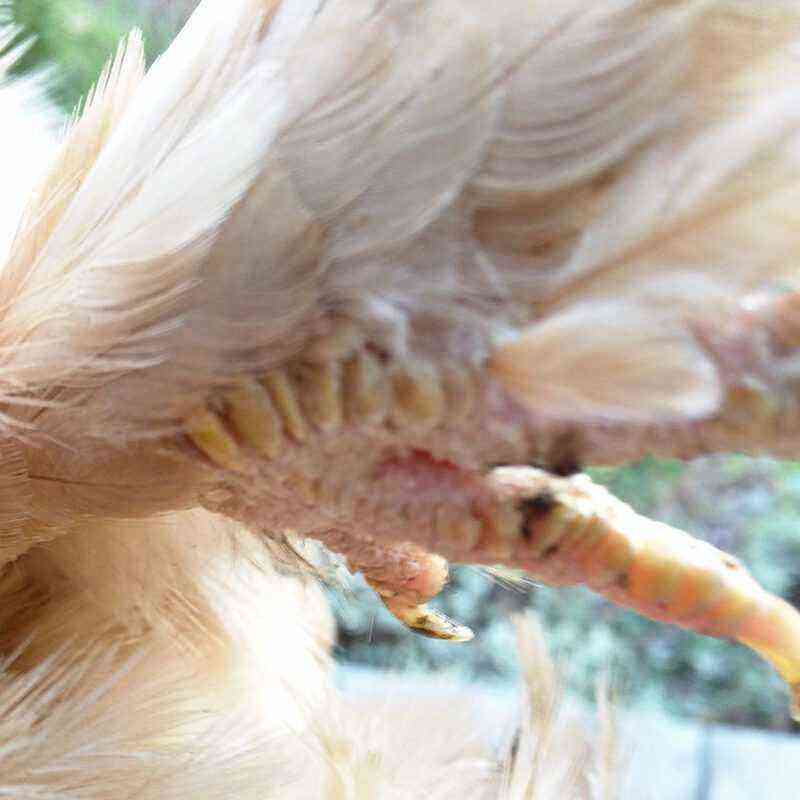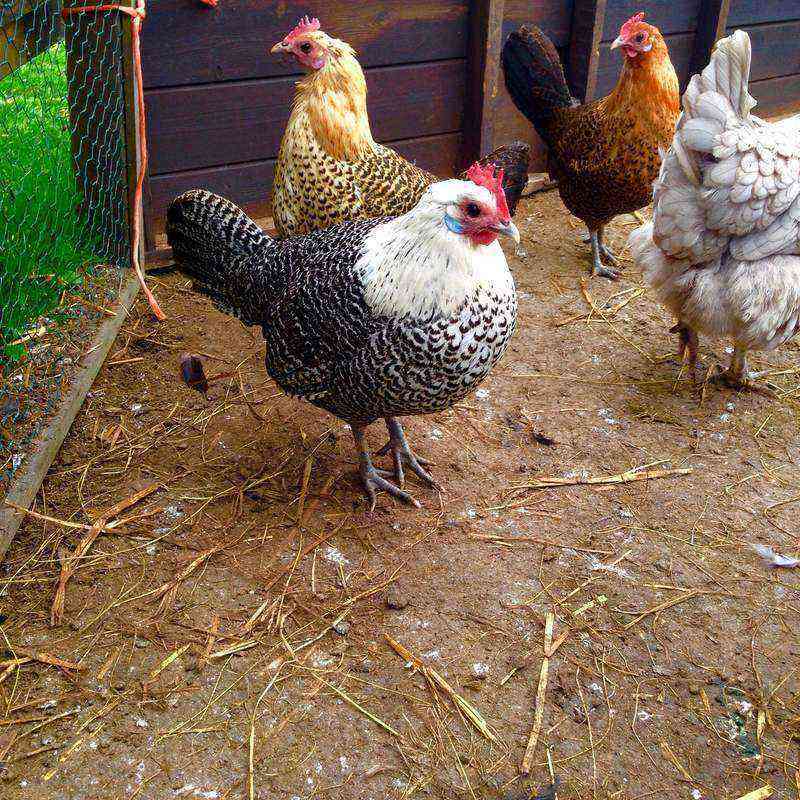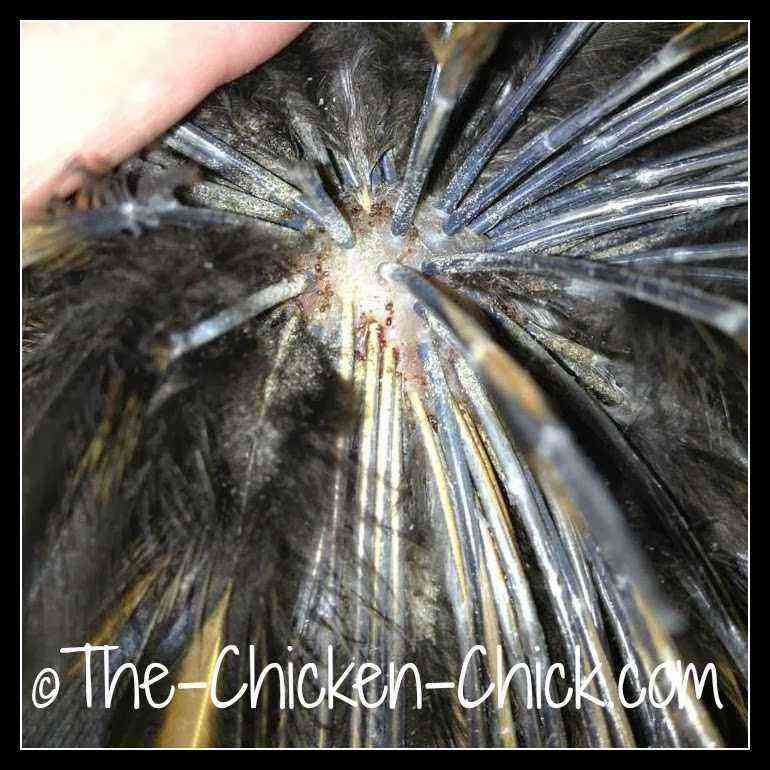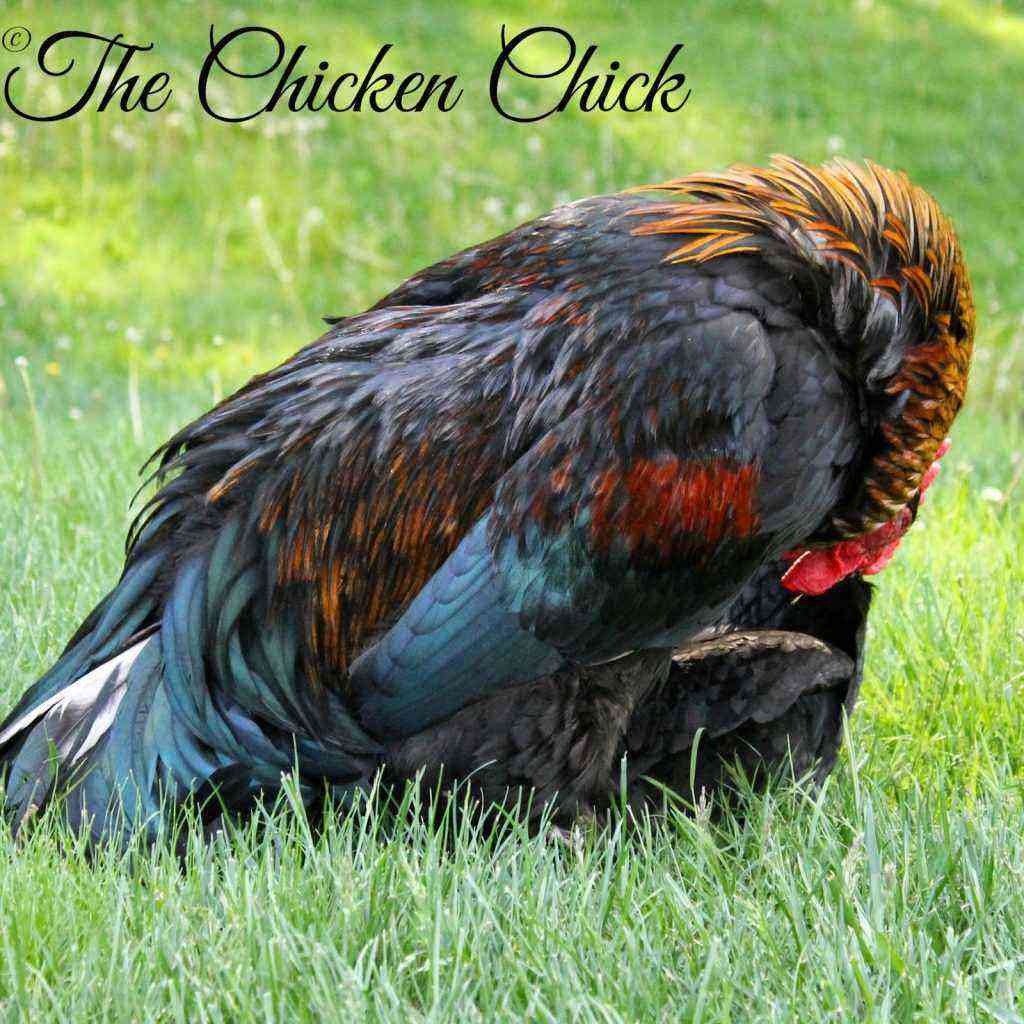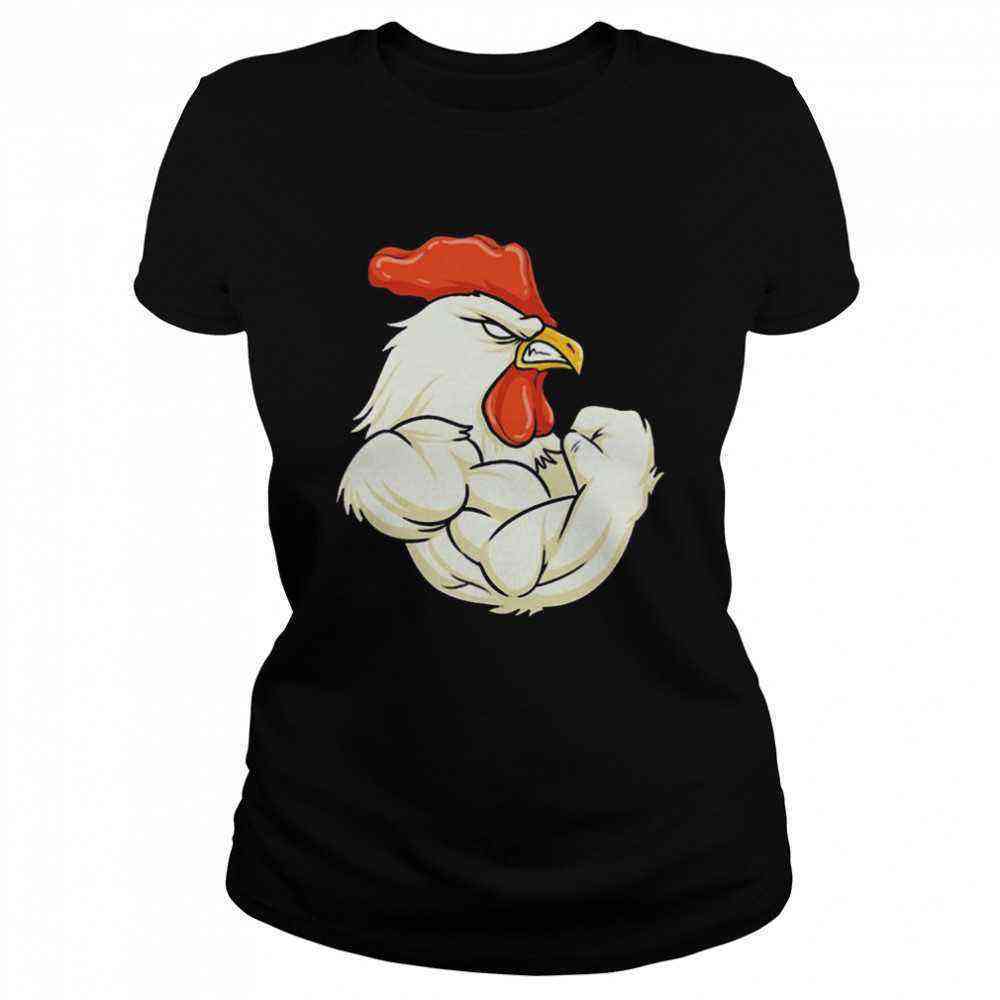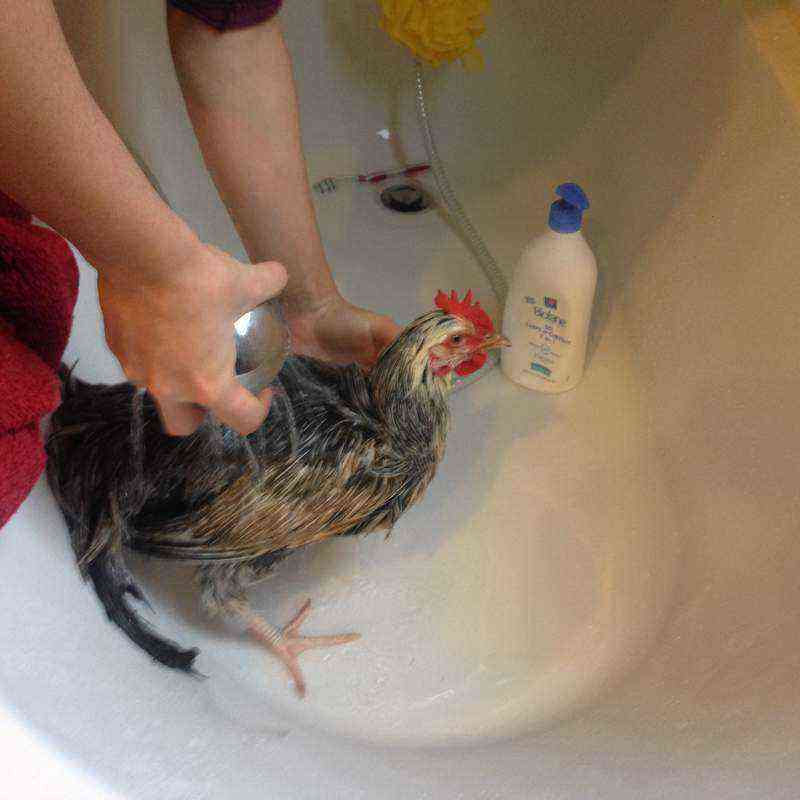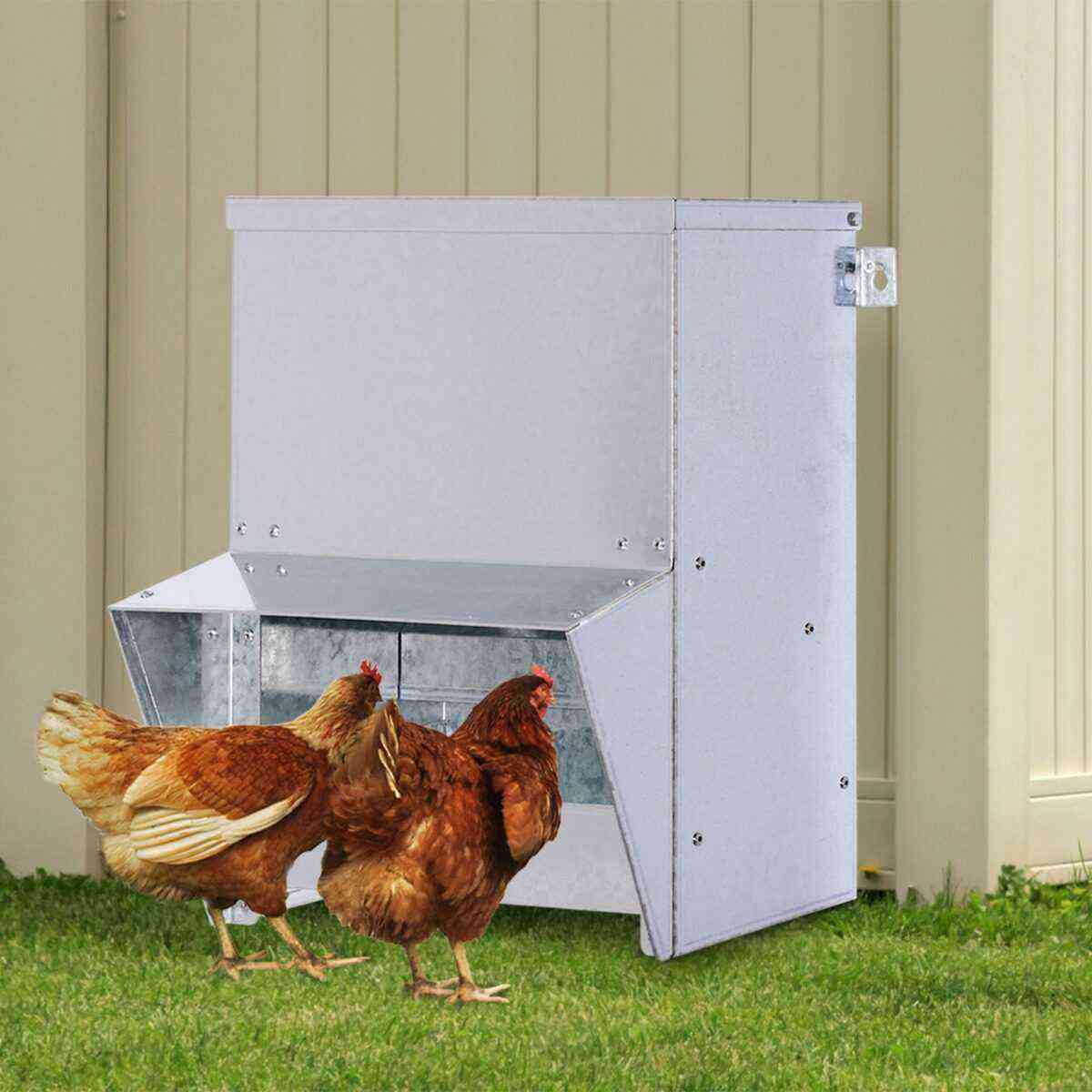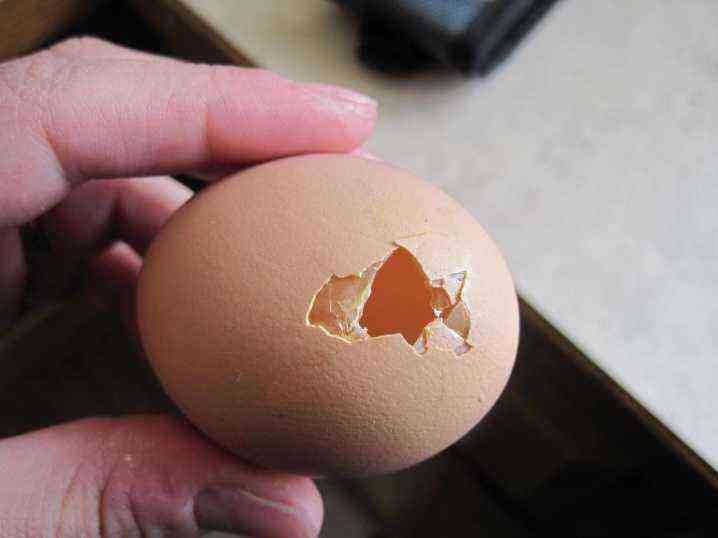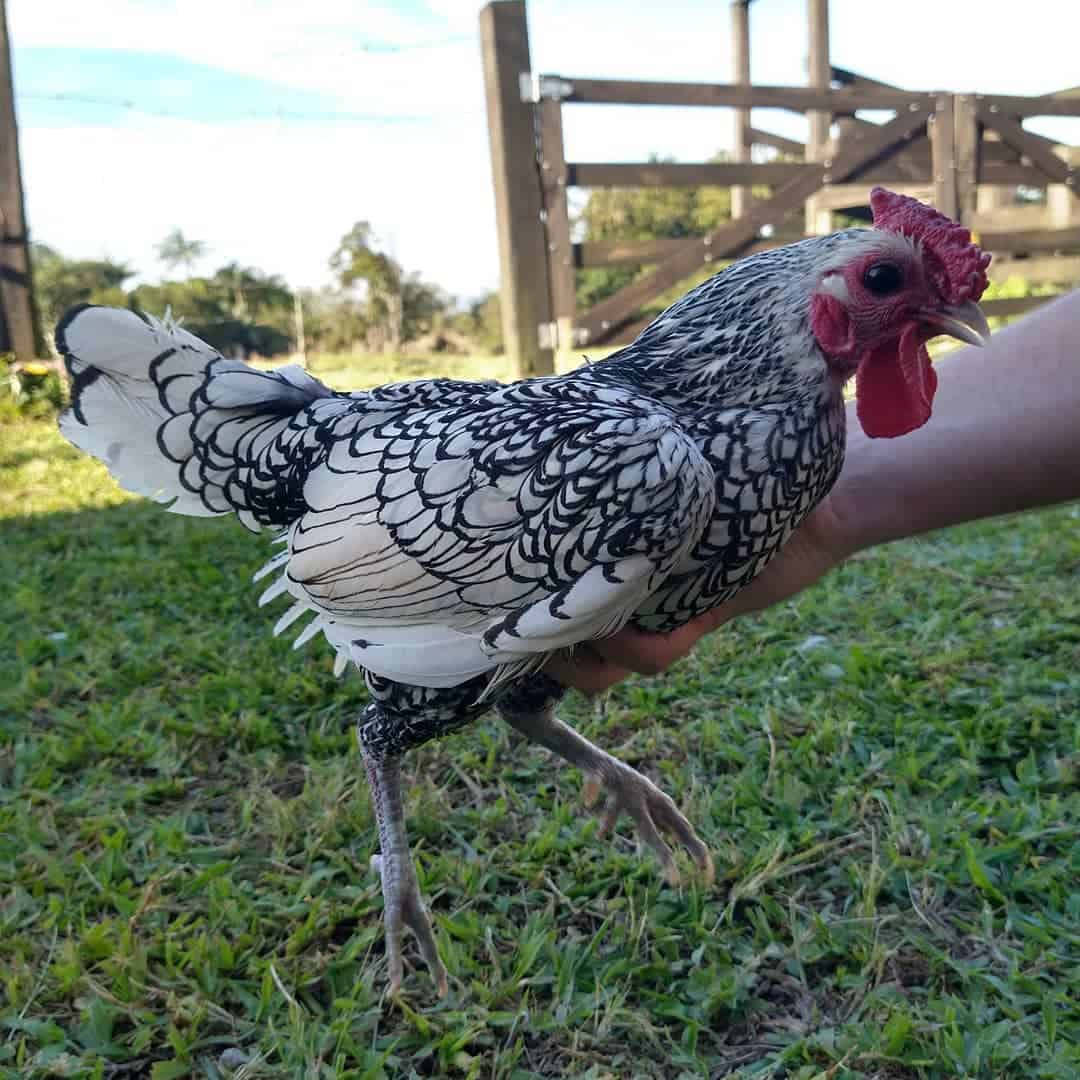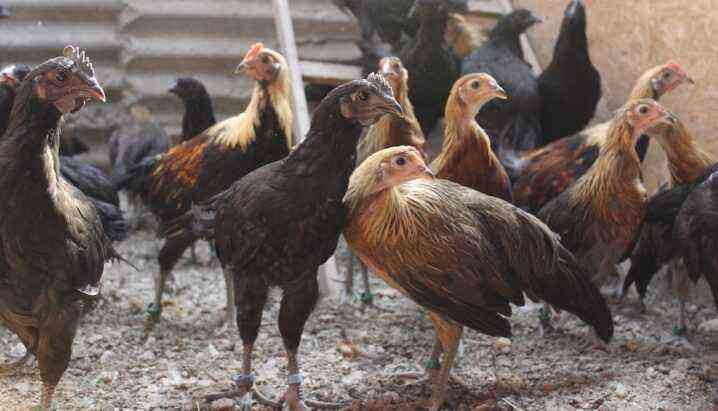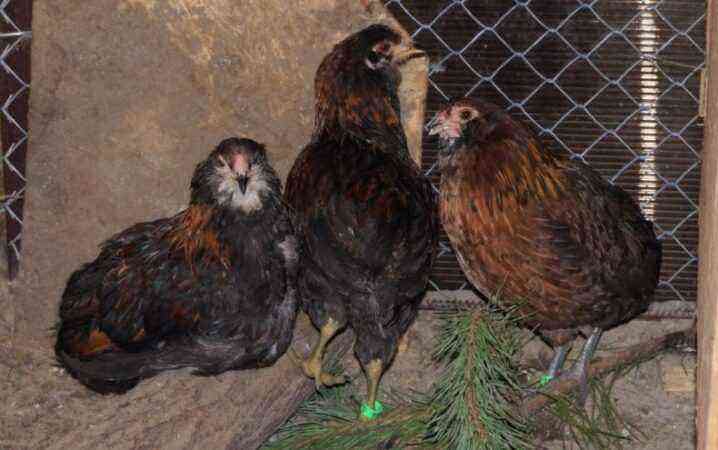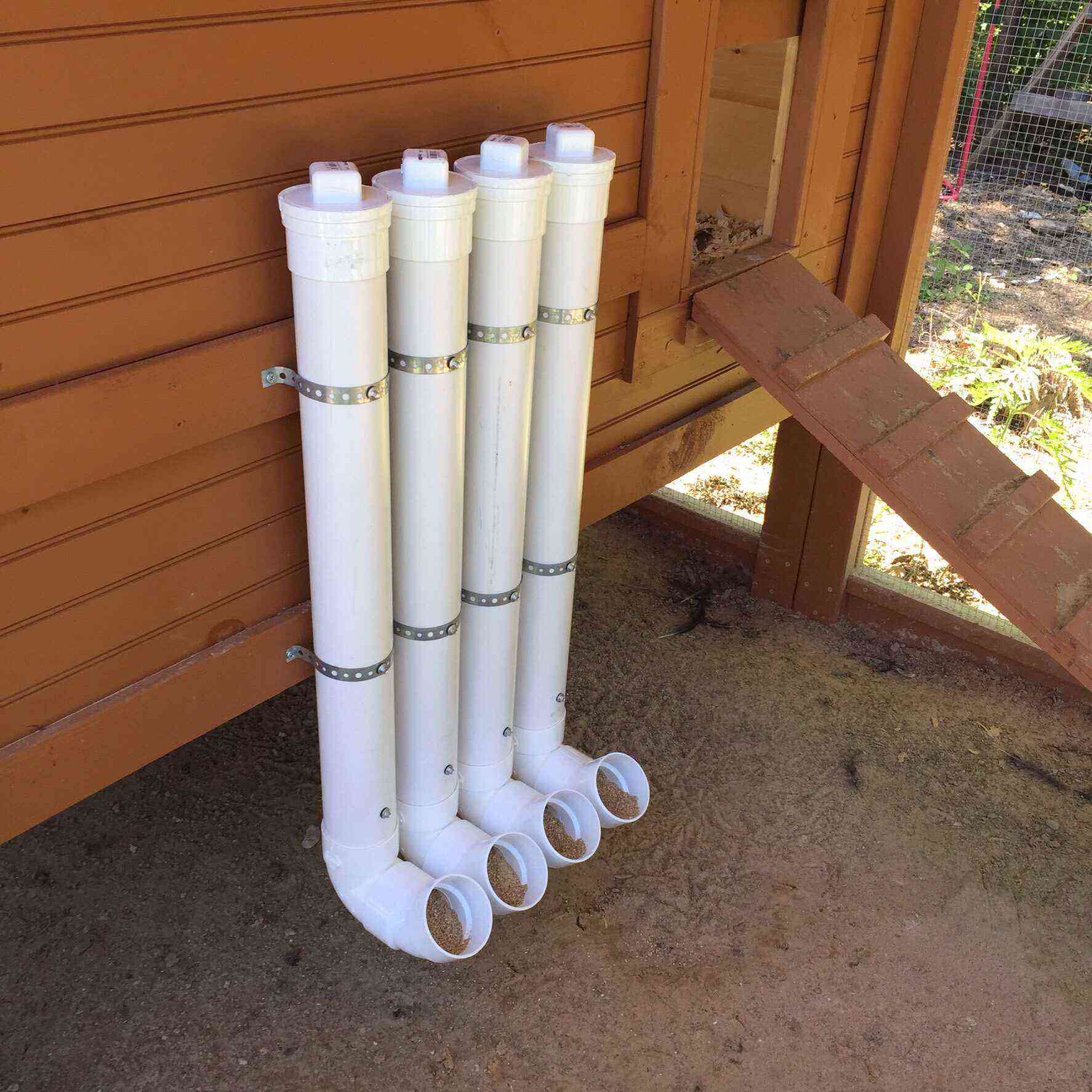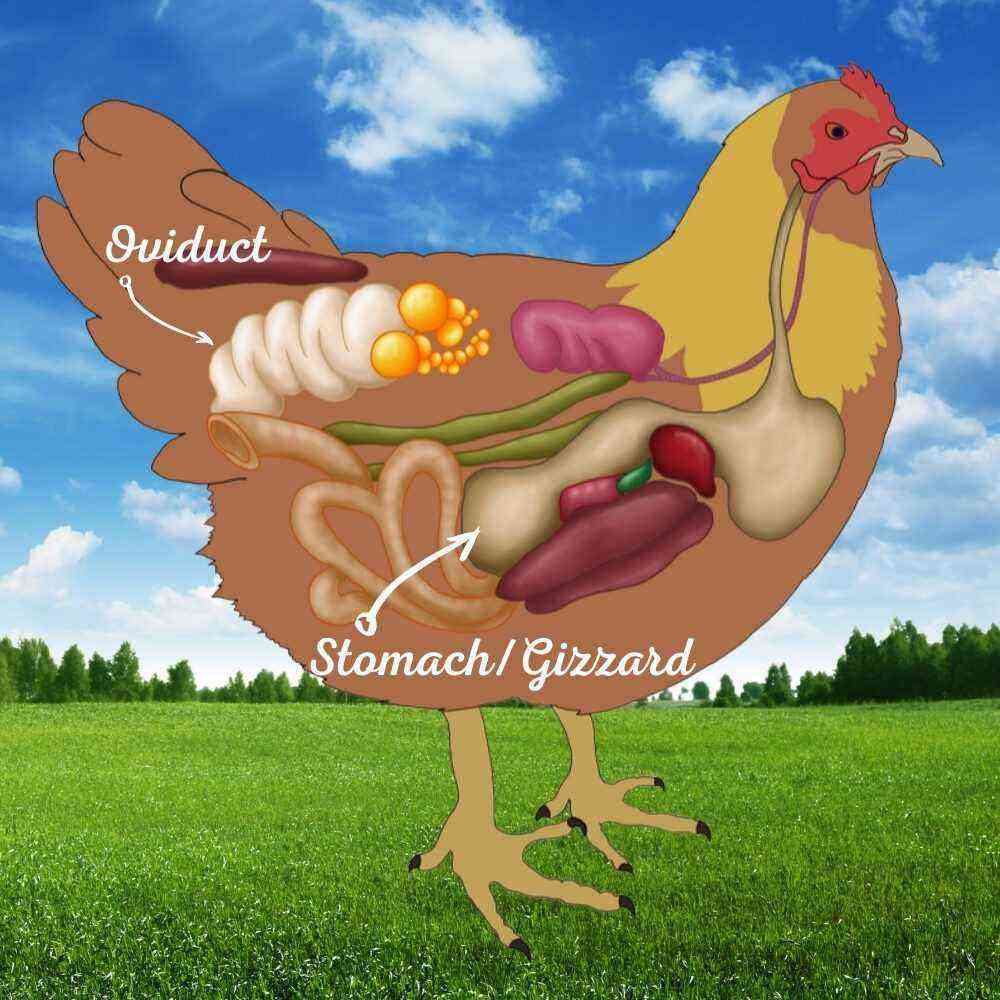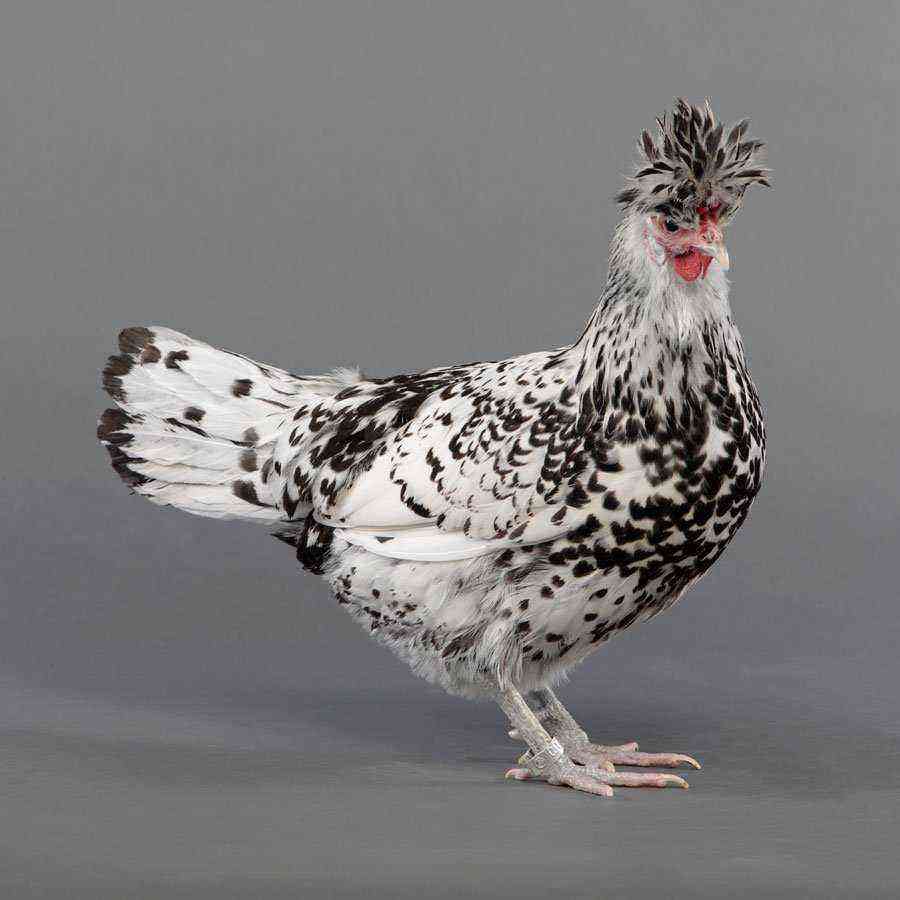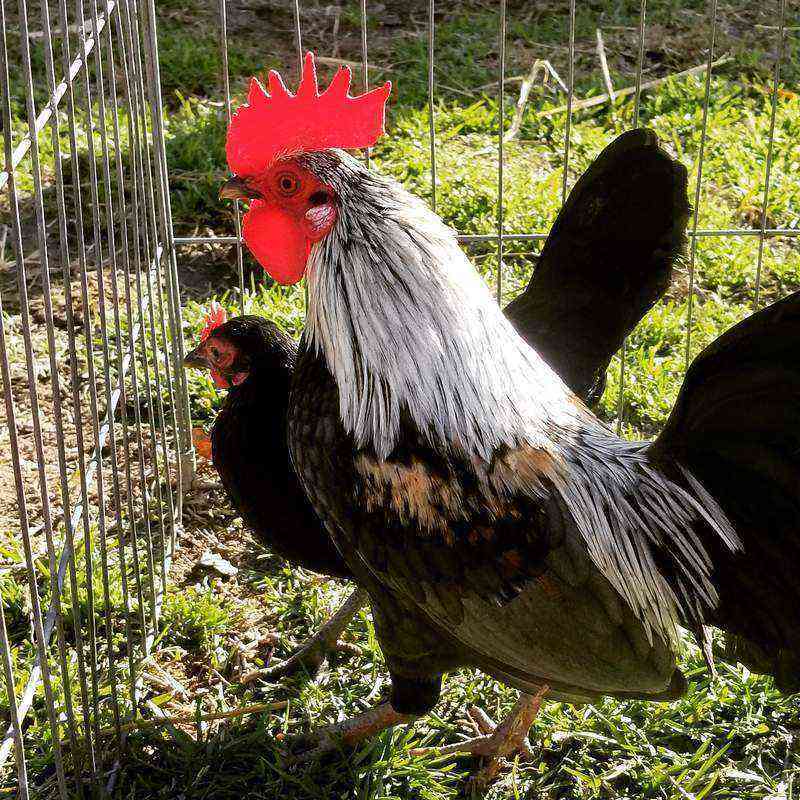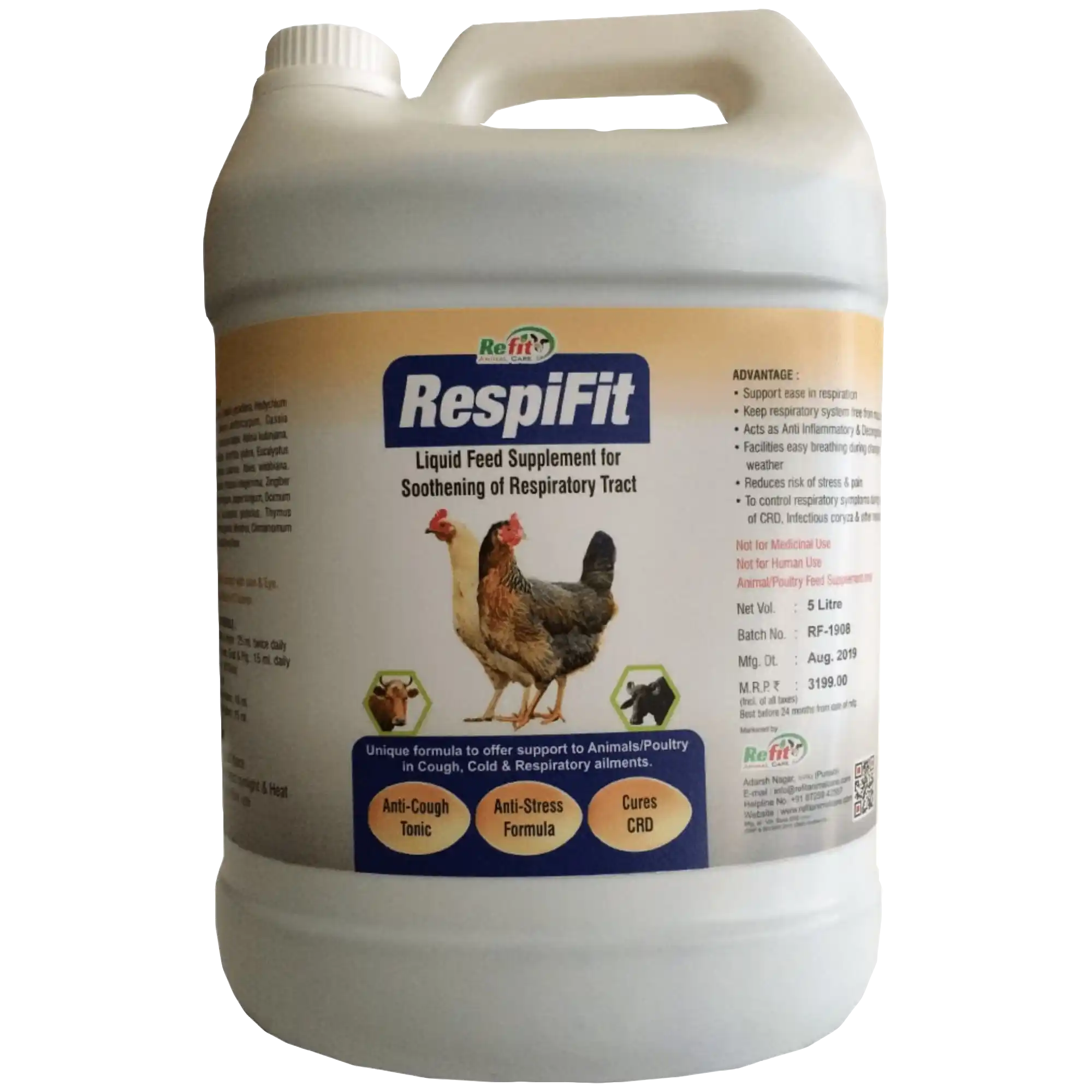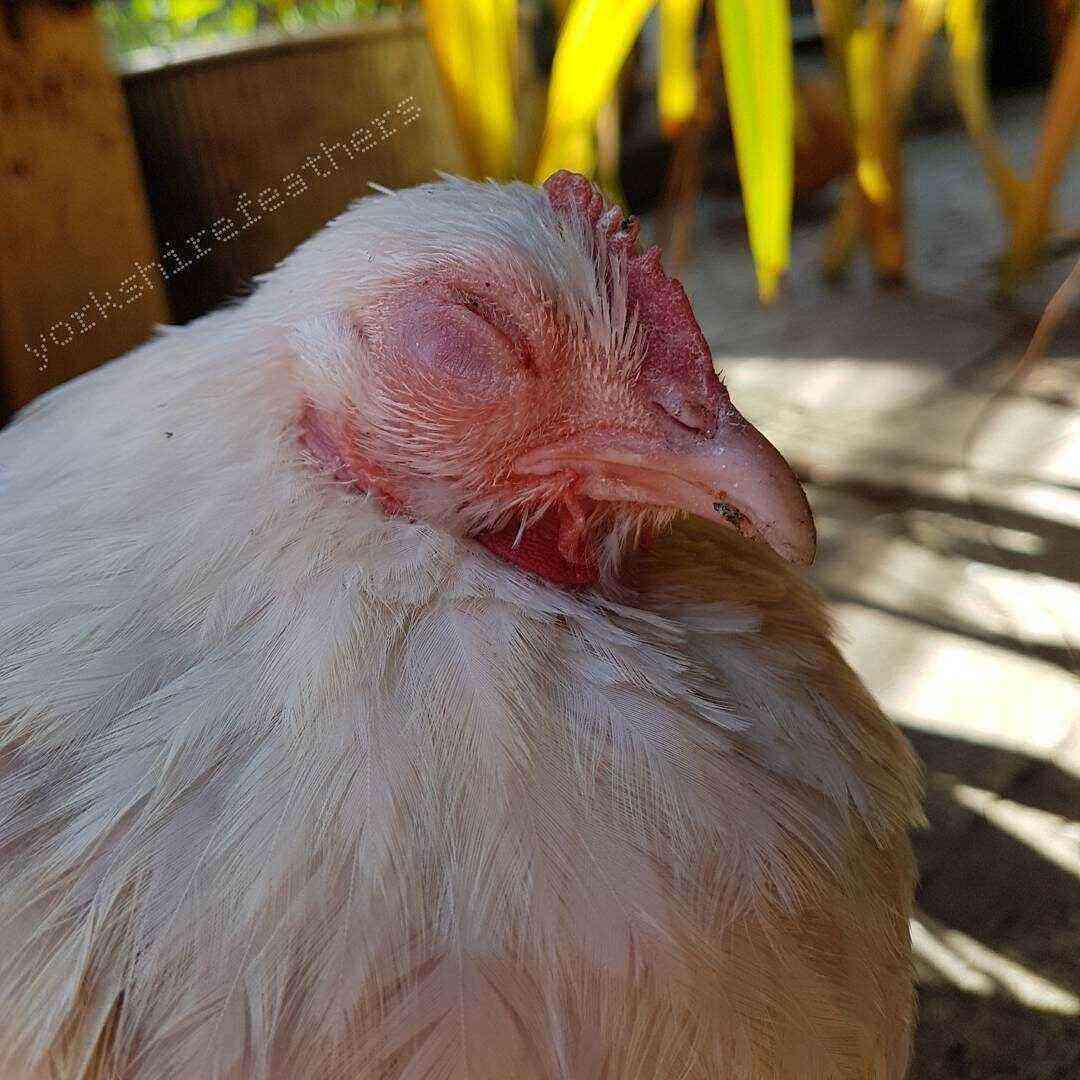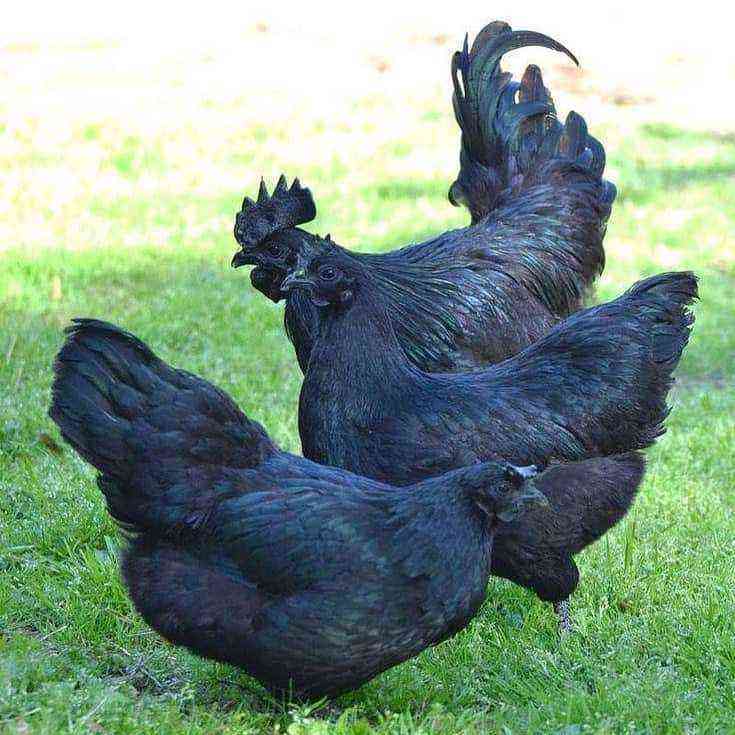Regular daily weighing of broiler chicks is an important procedure for monitoring the weight gain of the bird and its health; by the age of 3 months, it should gain commercial weight. About the maximum and average growth rates in broilers, about the reasons for underweight and fattening rules – we will tell in our article.
Features of growth
As you know, chickens are bred for two purposes – eggs or meat. From English, “broil” means “fry”, “roast”, broilers are not called a breed, but young animals of certain highly productive types of chickens intended for meat. In a short period of growth, broiler chickens gain enough weight for slaughter, and this is why they are valued. By the age of 8 weeks, the chick usually gains weight in excess of 1,5 kg.
This growth rate should be ensured by the appropriate quality of the feed. Chickens need to be fed literally “for slaughter”.
Hybrids of chicken breeds with increased egg production or rapid weight gain are called crosses (cross means “crossing”). Popular broiler meat crosses include the following species bred by breeders.
- Cobb-500 is a popular type of meat bird with breeders with a pale yellowish color.
- Cobb-700 is a highly productive hybrid offspring of New Hampshire, Plymouthrock, Rhode Island and others.
- Change is a sought-after species obtained by mixing Broiler-6 breeds with Gibro-6. Crosses Smena-7, Smena-8 have already been launched.
- Ross-308 is a meat early hybrid with a whitish color.
- Ross-708 is a hybrid obtained by a linear crossing of several highly productive breeds, including meat breeds such as New Hampshire, Brahma, Fighting Cornish and others.
- Broiler Hubbard – cross has an egg and meat direction. Designed for home and industrial breeding, has a high percentage of survival.
All these and other hybrids, whose direction is predominantly meat, have a number of features.
- The difference between the meat breed and the usual breed is noticeable from the very hatching. A broiler chicken has massive paws; the weight of a newborn chicken is normally 39-44 grams, sometimes reaching 50 grams.
- High appetite. If a broiler is provided with quality nutrition in the right amount, then by the age of three weeks its weight will increase by 20 times. Scientists estimate that 80% of the nutrition during the first month goes to the growth of the chicken, and the remaining 20% - to the general support and functioning of the body.
- The rapid growth of muscles puts a load on the bird’s skeleton, so the place where broilers are kept should be equipped in such a way as to minimize bird walks, and the feeder is nearby.
- Broiler chickens are phlegmatic and inactive.
- Adults reach an average of 4,5 kg (females) and 5,5 kg (males).
weight gain chart
Frequent weighing and accounting for weight gain of broilers is an important component for their further successful growth. The difference of only 1-1,5 grams between newborn broiler chickens indicates which bird will grow larger. But it is important for the farmer to know not only the weight of the hatched chickens, but also to control their weight during the entire growing period. For such accounting, it is necessary to compare the actual weight of the bird with the average data. Below is a graph of the weight gain of broilers of different ages in the tables.
Table number 1. Growth by day
As can be seen from the table, starting from 12-13 days, the average weight gain of a chicken per day is 55-60 grams. In the first 14 days of life, a chick gains 10 times its newborn weight. The maximum weight that a broiler can reach at 1 month is 1,5-1,7 kg. The minimum indicators for this age should not be less than 0,9 kg. When calculating the mass of broilers, it is important to take into account the gender difference between them. Females will always have a lower weight, they have more tender meat, which contains a greater fat layer than betta meat.
Already by the age of 2 months (8-9 weeks), the bird is gaining a good, lethal weight. Approximately it is equal to 2,5 kg. But the farmer can feed him further, and by 3 months the weight reaches a maximum – 4,5-5,5 kg. The expediency of further fattening after this age is reduced: the broiler practically does not grow, gaining only fat.
Sometimes a bird older than 3 months may lose weight if the weather conditions have changed to cold weather.
How to weigh?
At the age of 1 week (7-8 days) it is recommended to weigh the broiler periodically, recording the result of weight gain. To correctly measure the weight of a chicken, you must:
- carry out this procedure before feeding;
- carefully, without frightening the feathered one, take it and put it in a cardboard box (a bag or a bag will not work for this), which must first be weighed empty and tare the scales or then subtract the mass of the box from the mass of the chicken;
- together with the box, put each broiler on the scales one at a time, while it is undesirable to change the scales and the method of weighing throughout the poultry rearing.
Reasons for the shortfall
Weighing the chicks daily or weekly and noticing the lag behind the average daily norms, the poultry farmer should think about the correct diet and maintenance of the bird. The nuances in the conditions of detention are the following.
- Microclimate. From the first days of life of chickens, it is important to maintain an optimal and stable temperature, without night and day fluctuations. From birth to 2 weeks of age, the temperature should not fall below 30°C, from the age of 2 weeks it can gradually decrease to 25°C. At a cool temperature, the broiler spends calories from food to heat the body. Drafts are also strictly prohibited.
- Sufficient clean drinking water. It is important to replenish the drinking water supply for broilers in a timely manner and change it if the water becomes contaminated. Drinking should be of high quality, at first they boil water for chickens, add potassium permanganate, it is also useful to make decoctions of chamomile and rose hips. Otherwise, there is a risk of infectious diseases in the livestock.
- Large territory. Walking around a large area of the pen, the broiler wastes energy, which is why it slowly gains weight. This does not mean that birds should be left completely without walking. Moderate walks in the open air and in the sun are good for broilers and improve their health.
- Illumination. For chickens under the age of 2 weeks, night illumination is a prerequisite for keeping them.
- Damp floor and humidity in the room. Constant dampness under the feet of chickens contributes to the reproduction of harmful bacteria, broilers can become infected with diseases that inhibit growth, and sometimes lead to disastrous consequences.
- Parasites and helminths. The presence of parasites can inhibit the development of broilers. Then you need to disinfect the room and treat each bird individually.
But still, the most common cause of underweight lies in the shortcomings of the diet.
- Lack of protein in the general content of the diet. Protein-starved broilers are usually smaller and leaner. Although it may look like an ordinary laying hen. Protein and essential amino acids enter the body from leguminous plants, meat or fish waste and broths, skimmed milk or curdled milk. At first, chickens must be fed with boiled eggs and low-fat cottage cheese.
- Individuals may gain weight poorly or not at all if the main population does not give them access to food. Then they can be planted and fed separately or make sure that all the chicks get food.
- Lack of minerals, vitamins. In addition to natural grain feed, it is important to include boiled vegetables, meal, as well as vitamin premixes in the diet of chickens. Well compensates for the lack of vitamins fresh greens – nettle, clover, dandelion and other herbs.
- Lack of diet. If food is given to broilers every time at a different time, this will adversely affect their growth. Especially if you make long time intervals between meals.
Basic rules for fattening
Accelerated growth of broilers is determined by the normal conditions of their maintenance, as well as a complete, balanced diet. Feeding is given at first according to an accelerated pattern, and then, as the chickens grow, the number of feedings decreases, so it is important to know the approximate age of the livestock. A farmer does not always grow a bird from birth, but you can determine the age of broilers by external signs:
- one week – by this age, the wings of the chicken grow to the tail, but they still remain covered with fluff;
- 12 days – the shoulders of chickens are covered with feathers;
- by 19-21 days of life, the goiter, back and breast are covered with feathers. tail feathers begin to grow;
- at 4-5 weeks, the first molt occurs, after which flight feathers appear on the wings;
- within 6 weeks, the head and lower body fledge;
- by 3 months, the broiler has full plumage, which is ready to be shed in the fall.
Given the age of the broilers, you can follow the following feeding scheme, while not forgetting to weigh the birds.
- First 5 days after birth. This age requires maximum attention and care for weak chickens. Feed such babies should be at least 8 times a day (including night) after an equal amount of time. Their diet should consist of 25% protein, which gives boiled yolk, cottage cheese and corn grits. Food should be finely chopped.
The stimulator of health and growth for chickens is the drug “Trivit”, it is better to give it in a course – 1 drop 4 times every 7 days. Weak chicks are temporarily kept separately from the entire population until they get stronger.
- 6-10 days. Gradually introduce roughage, cereals, greens. The frequency of meals is 7-8 times, including one nightly feeding. You can give grated fresh carrots, at first no more than 5 grams per head, then increase this amount to 20-25 if the reaction of the chickens was normal.
- Closer to 10 days of age, it is useful to introduce lime, shell rock, small eggshells.
- 11-20 days. Meals are already reduced to 6 meals a day. It is good to mix bone meal into the diet, give boiled fish waste. Yogurt or skim milk will improve the microflora of young animals.
- 21-30 days. The most important milestone in the cultivation of broilers, the weight of which must necessarily comply with the standards. Cereals are mixed with boiled mashed potatoes, broilers are already pecking at whole grains. Meals – 5-6 times a day.
- After 30 days, the birds can be completely switched to an adult diet with 4 meals a day until slaughter. It is important to add vitamin premixes to food, taking into account the dosage, and closely monitor the health of the livestock.
Throughout the entire growing period, the weight gain must be controlled, if not by day, then at least by week. This procedure makes it clear whether the bird is sick, whether mistakes are made in the nutrition and maintenance of broilers.
You can learn how to grow broilers from the video.
